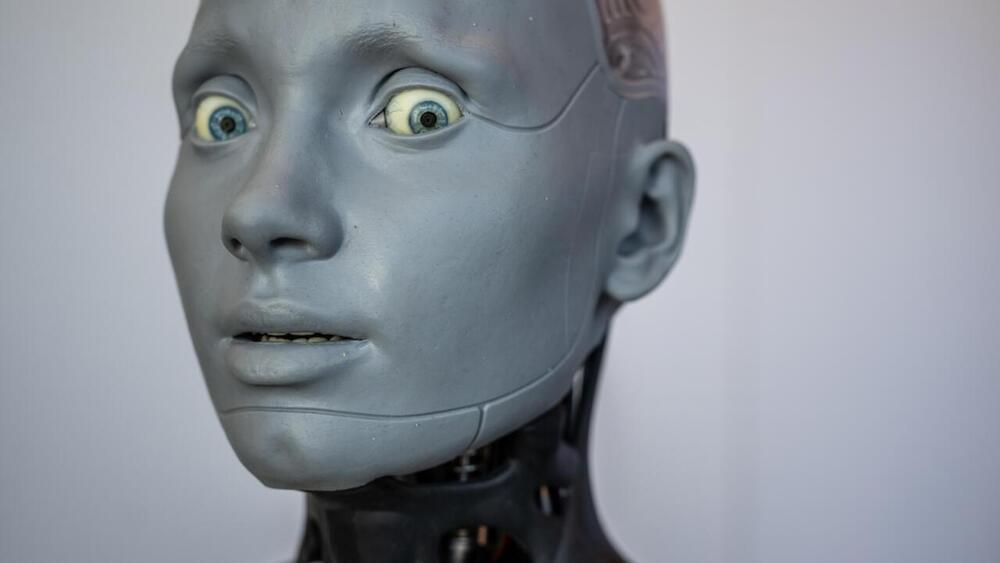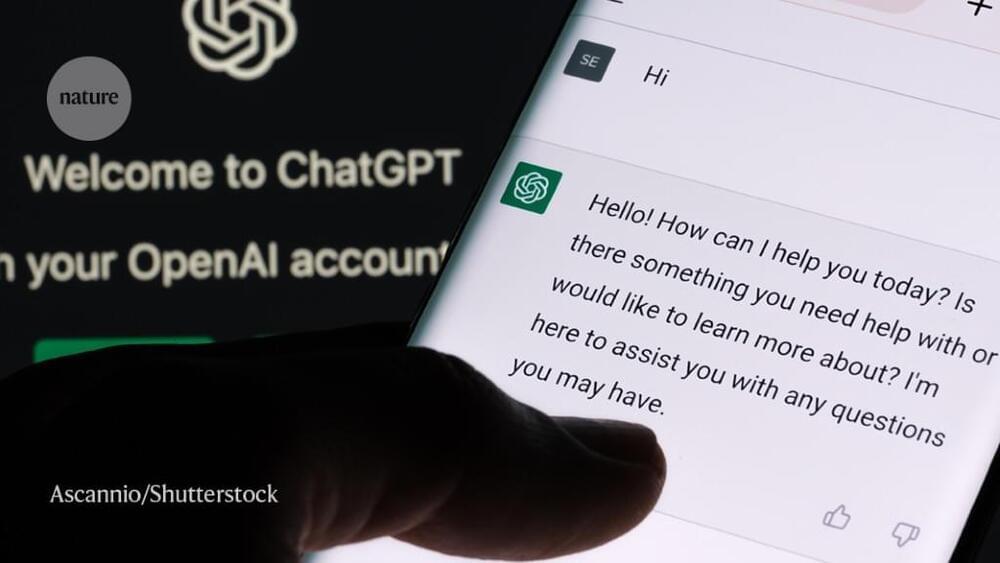Tanya Lewis: Hi, and welcome to Your Health, Quickly, a Scientific American podcast series!



The UN is aware that AI technology is racing ahead of the capacity to set its boundaries and directions, and so it brought together some of the best minds on the topic — whether human or man-made.
The “AI for Good Global Summit”, in Geneva on Thursday and Friday is being convened by the UN’s ITU tech agency — and many unaware attendees were startled by the humanoid robots suddenly turning to look at them as they passed by.
“When generative AI shocked the world just a few months ago, we had never seen anything like it. Nothing even close to it. Even the biggest names in tech found the experience mind-blowing,” ITU chief Doreen Bogdan-Martin told the summit.

VoiceSwap was designed by DJ Fresh and Nico Pellerin to help producers, artists and writers who don’t want to use their voice on songs use AI to transform their voice to sound like one of our featured artists.
Our featured artists are partners who benefit from the use of their AI model.
Transform your voice with AI. Made by artists, for artists.

A pair of scientists has produced a research paper in less than an hour with the help of ChatGPT — a tool driven by artificial intelligence (AI) that can understand and generate human-like text. The article was fluent, insightful and presented in the expected structure for a scientific paper, but researchers say that there are many hurdles to overcome before the tool can be truly helpful.
By holding the chatbot’s hand at every step, researchers produced a paper that was fluent and insightful. Yet they still have concerns.
Many of us have images we want improved?
If you’ve ever wished your camera had a few more megapixels so you could zoom in on details on your computer screen, or blow up your favourite photos to print, Gigapixel AI might be just the solution.
If you’ve ever wanted to enlarge low megapixel photos or sharpen your ‘soft’ images, check out this extraordinary review of Topaz Gigapixel AI. Software | Software Reviews | Topaz | By Greg Cromie Twitter 24 Facebook 2 Pinterest Share 26SHARESIn this Topaz Gigapixel AI Review, I’ll be testing the claims of a photo enlargement software that promises to do things to your images that were previously considered impossible.
Robots are often designed for a particular purpose, but what if they could transform to tackle new challenges. Enter M4, the multi-modal mobility morphobot. It draws inspiration from the natural world by adapting how it uses its limb-like rotors and wheels to move in a wide range of ways, saving energy and making it more versatile.
You can read more about M4 in the research paper: https://www.nature.com/articles/s41467-023-39018-y
Engineered Arts, a company that designs, engineers, and manufactures humanoid robots, which is also behind Ameca, has now given Ameca the power to imagine drawings.
In a video released on their YouTube Channel on June 29, 2023, Ameca is being asked to make a drawing of a cat. Previously, Engineered Arts have demonstrated Ameca’s ability to express many different kinds of human emotions and their ability to speak in multiple languages.
Does this mean we might see Ameca’s original works displayed at a museum, like the DALL-E exhibit at bitforms gallery, in the future?

While this is an incredibly ambitious goal and we’re not guaranteed to succeed, we are optimistic that a focused, concerted effort can solve this problem: indent-0 not-italic [em_&]:indent-2] [^problem] There are many ideas that have shown promise in preliminary experiments, we have increasingly useful metrics for progress, and we can use today’s models to study many of these problems empirically.
Ilya Sutskever (cofounder and Chief Scientist of OpenAI) has made this his core research focus, and will be co-leading the team with Jan Leike (Head of Alignment). Joining the team are researchers and engineers from our previous alignment team, as well as researchers from other teams across the company.
We’re also looking for outstanding new researchers and engineers to join this effort. Superintelligence alignment is fundamentally a machine learning problem, and we think great machine learning experts—even if they’re not already working on alignment—will be critical to solving it.

Throw a stone at any creative product nowadays, and you’ll hit an AI-supported feature. But for Blackmagic Design, AI has already been used for about half a decade under a different name — the DaVinci Resolve Neural Engine.
Their use of AI is impressive but you’d think they’d have good continuous autofocus by now.
I’m going have to split this post into an AI post aswell.

Tesla is planning to use its Optimus robot, also known as Tesla Bot, in its stores in an attempt to help sales, but not necessarily how you think.
We are not talking about robots taking care of customers walking into the stores, or at least not just yet.
Sources familiar with the matter told Electrek that Tesla has been experimenting with using Optimus humanoid robot display units inside its stores in China.